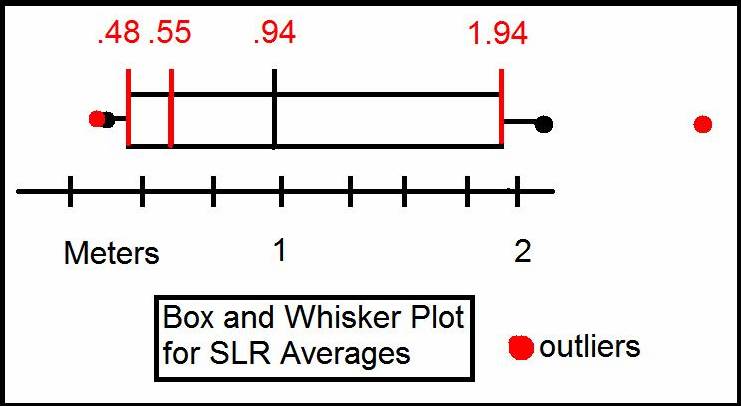 |
 |
 |
 |
 |
 |
 |
Cankutan Hasar, and Leif Francel
Sea Level Rise
Causes
The
main factors affecting sea level rise are thermal
expansion of the oceans, melting glaciers, and melting icecaps. These are all symptoms of global
warming. As the ocean, or any liquid,
increases in temperature, it increases in volume as well.
This process is known as thermal
expansion. Glacial and icecap melting
occurs when there is net loss of water from the body of snow and ice;
that is,
if more water melts off of the glacier or icecap during the summer than
is
accumulated through precipitation (snow) during the winter. (EPA, 2000)
According to Barry R. Lewis (2000), there
are two types of
sea level rise: eustatic and isostatic. Eustatic sea level rise
responds to
major climatic change and possibly affected by global warming.
Isostatic sea
level rise is a localized representation of vertical displacements of
land
surface with respect to sea level.
Global
Sea Level Prediction
Sea level rise from any given source varies
based on which
model was implemented. The most often cited models that predict sea
level rise
are MPI, CCCma, GFDL and Hadley-CM3. The range of data arises from many
uncontrollable and unpredictable factors that influence sea level rise.
Such
factors include climate, global warming, thermal expansion, future
development
of technology and amount of green house emissions. Each model makes
different
assumptions which add to some uncertainty in the results. However, to
have the
most accurate number, the average of the ranges was calculated. Sixteen
different sources of sea level rise predictions a hundred years from
now or
2100 were compiled. Primary sources included reports from the
International
Panel on Climate Change (IPCC), Environmental Protection Agency (EPA)
and NOAA.
The data ranged from extremes of .02 meters of sea level rise (Walsh,
2002) to
6 meters (AGI, 1994). After omitting
the upper and lower outliers, the average of the ranges indicate that
sea level
will rise .944 meters.

(Kim, 2006)
This box and whisker plot delineates the 50% range of the compiled sea level rise is .48 meters to 1.94 meters. The plot omitted the outliers, which were indicated with red circles. The median is .55 meters, while the average is .944 meters.
> PowerPoint of Compilation of SLR (sea level rise) sources<
Models and Their Uncertainties
Hadley-CM3 is
considered “one of
the most state-of-the art greenhouse models” that predict positive
temperature
trends (Douglass, 2004). However, existing observational data shows the
contrary trend since 1979. The authors of this report believe one of
two
alternatives that could explain this phenomenon. First, the Hadley-CM3
is
correct and all observational data sets must then be incorrect.
Otherwise, the
“[model does] not fully capture the multitudinous climate effects
(including
various feedbacks of an increase in greenhouse gases” (Douglass,
Pearson, and
Singer, 2004).
Sovolok and
Stone, researchers at MIT who developed the
MIT-2D model, believe that uncertainty in heat uptake by the deep ocean
is a
key factor for the uncertainty in models. The uncertainty in the rate
of heat
uptake by the deep ocean has not been included in the projects of
climate
change made by the IPCC [model] (Houghton, Jenkens, and Ephraums,
1990). The
following table shows the variability in four different models.








